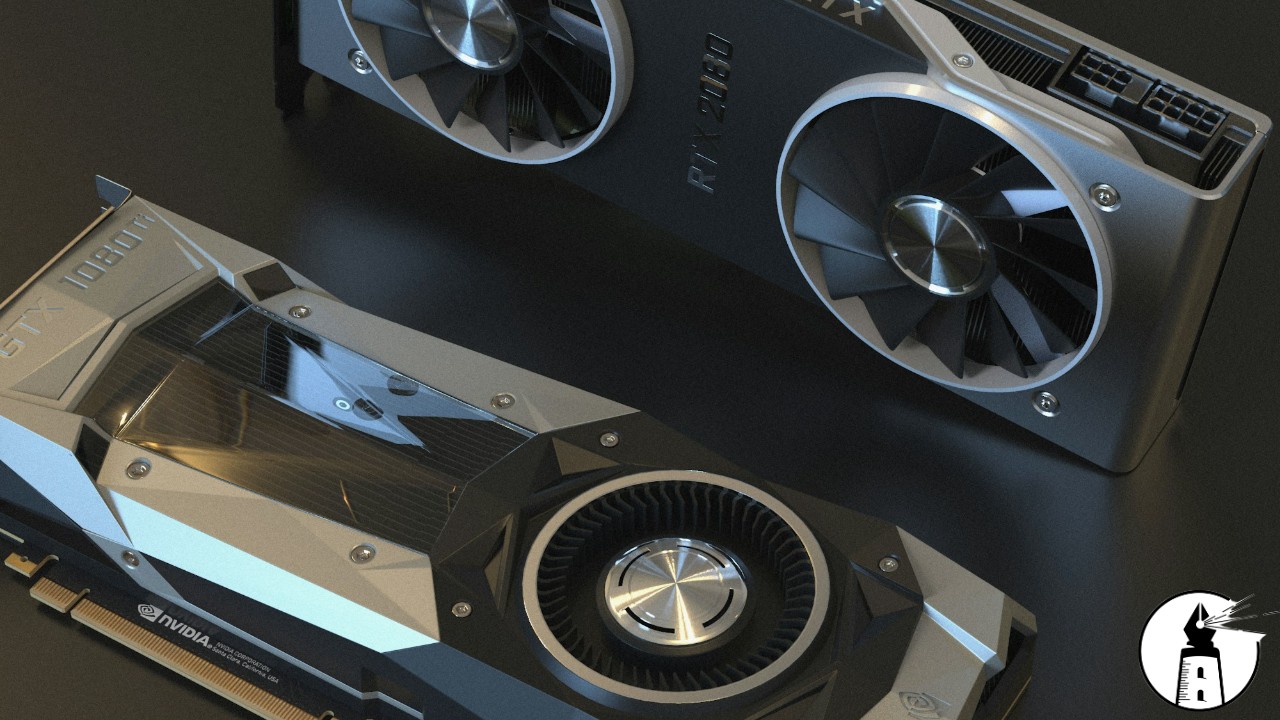NVIDIA has come a long way since its founding in the early 1990s, growing from a niche graphics company into a global tech giant. Today, it stands as one of the most valuable companies in the world, a leader in AI computing, gaming, and data centers. While the company has transformed industries with its innovations, it has also drawn criticism for its handling of product launches, especially when it comes to high-end gaming GPUs.
The recent release of the RTX 50-series graphics cards has reignited frustration among PC enthusiasts. In less than an hour, every unit of the RTX 5080 and RTX 5090 vanished from retailers both online and in-store, leaving many potential buyers empty-handed. This rapid sellout has led to accusations that NVIDIA’s latest GPU launch was a ‘paper launch,’ with far fewer cards actually available than the company may have implied.
For gamers and PC builders, this situation feels eerily familiar. The early pandemic years were marked by a perfect storm of demand and supply issues. Lockdowns led to a surge in gaming, while cryptocurrency miners snatched up GPUs in massive quantities. Scalpers made matters worse, using bots to hoard inventory and resell graphics cards at astronomical prices. The result was a years-long period where getting a new GPU at a reasonable price was nearly impossible. Many had hoped that those days were over, but the scarcity of the RTX 50-series has made some question whether NVIDIA is deliberately limiting supply.
Ahead of the launch, NVIDIA warned that the new GPUs would be in high demand and that sellouts were likely. However, the speed at which stock disappeared has made some wonder whether there was ever enough inventory to begin with. Retailers like Newegg reported that they sold out within minutes, and even major system integrators, which build pre-configured gaming PCs, received extremely limited stock. Some companies had as few as 20 units available, with one reporting that it had just a single RTX 5090 on launch day. Micro Center and other retailers have reassured customers that they are working to replenish stock, but restocks could take anywhere from weeks to months.
For many gamers, this launch came at an important time. The RTX 3060 remains one of the most popular GPUs in use, according to Steam’s January 2025 hardware survey, meaning that a significant portion of PC gamers are still using graphics cards that are now two generations old. While many current titles still run well on older hardware, upcoming games are beginning to push the limits of older GPUs, particularly with the rise of ray tracing and AI-powered rendering techniques. This was a golden opportunity for players to upgrade if they had been able to buy the cards.
At the same time, many reviews have pointed out that the RTX 50-series does not provide a particularly compelling upgrade for most users. While the top-end models offer performance improvements, the price-to-performance ratio isn’t significantly better than the previous generation, leading some to recommend sticking with 40-series cards instead. This raises the question: if demand for these cards is so high, is it genuine, or is scarcity driving the hype?
There’s also the possibility that NVIDIA is carefully controlling supply to maximize profits. The company has been known to stagger production, ensuring that demand remains high while avoiding oversaturating the market. By keeping inventory limited, it maintains premium pricing and avoids the risk of GPUs sitting on shelves. Whether this is a deliberate strategy or simply a consequence of logistical challenges remains a topic of debate.
Regardless of the reason, the result is clear: another frustrating launch where gamers and PC builders are left waiting. While stock will eventually stabilize, the initial wave of disappointment has reinforced a lingering skepticism about whether NVIDIA is truly prioritizing its customers or if it benefits more from scarcity than availability.
—By Greg Collier


